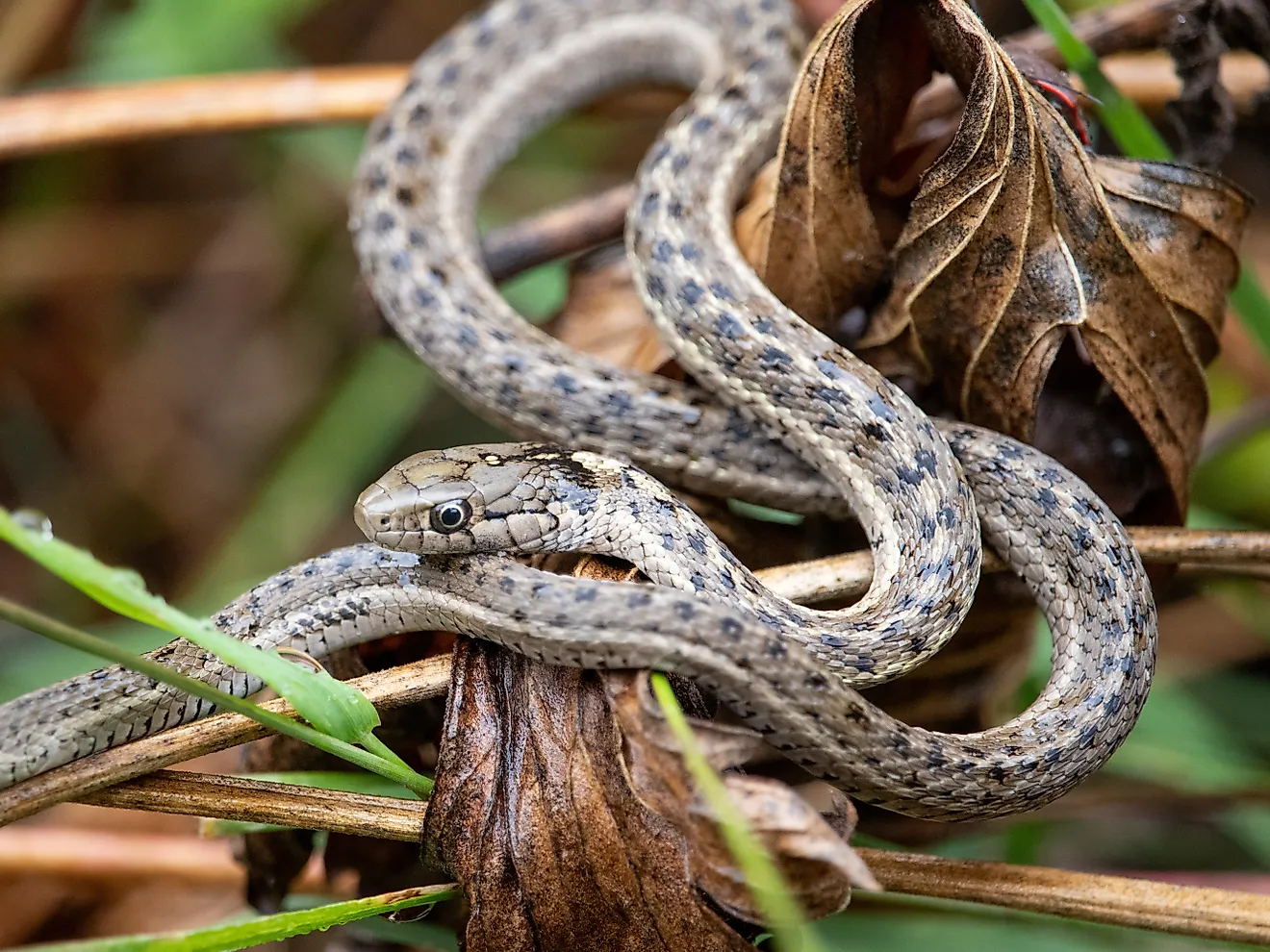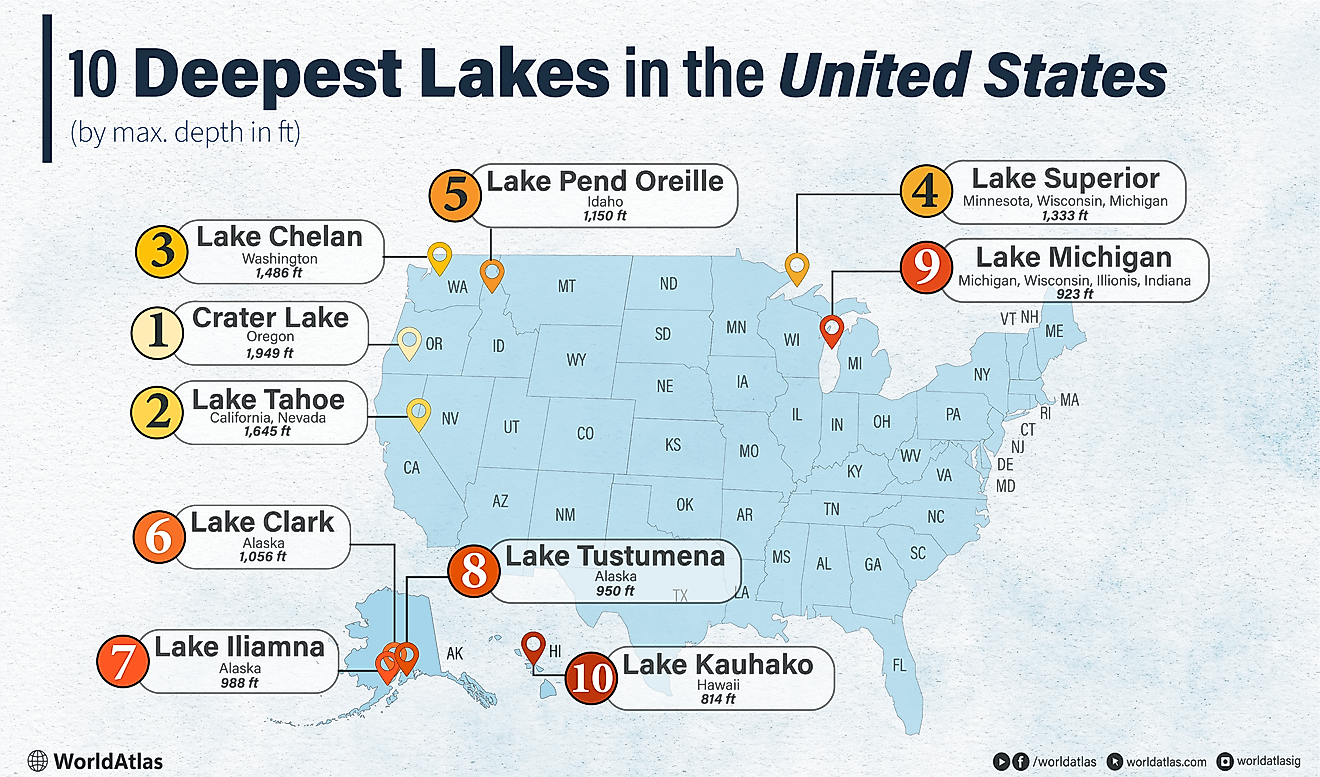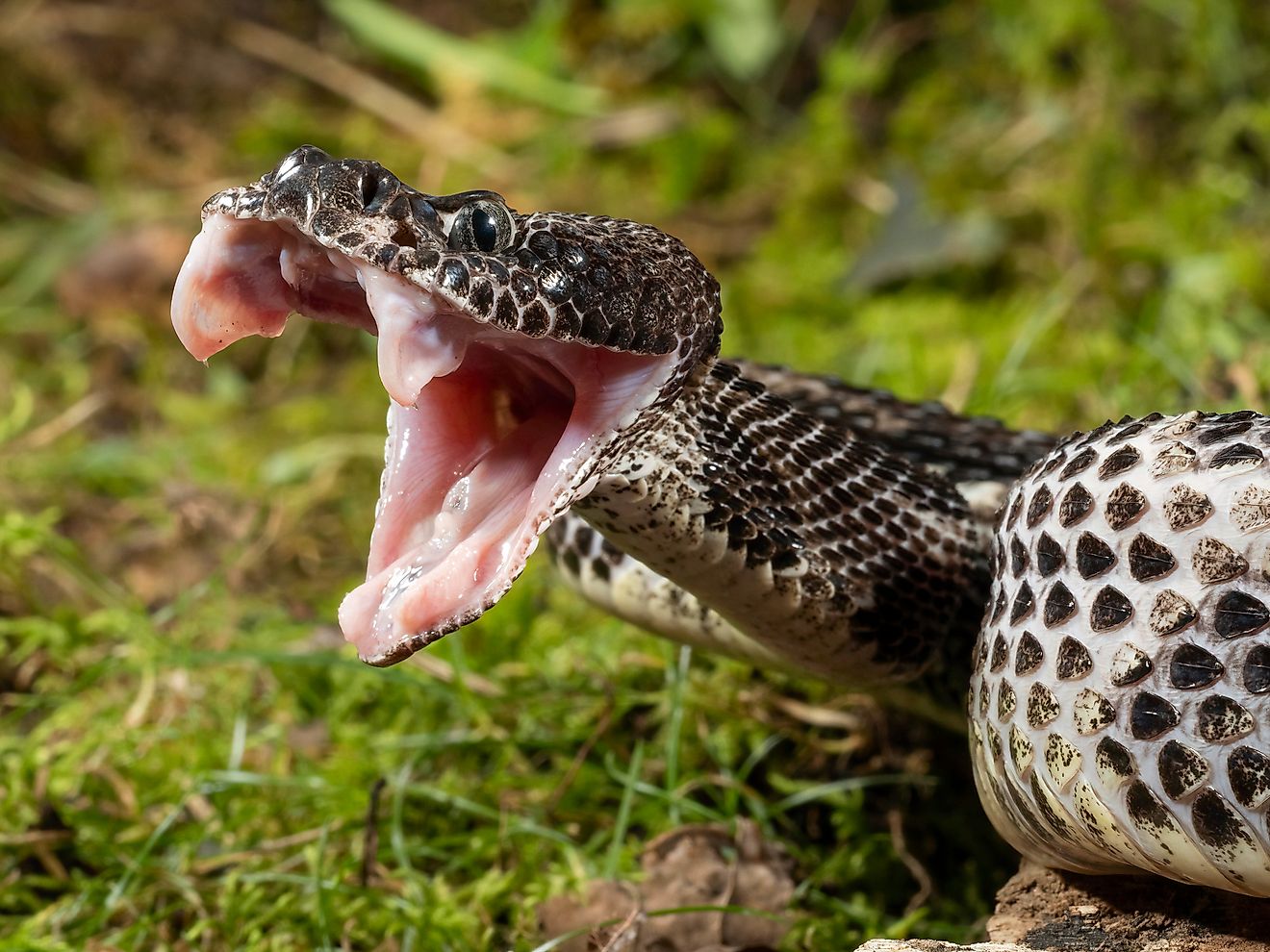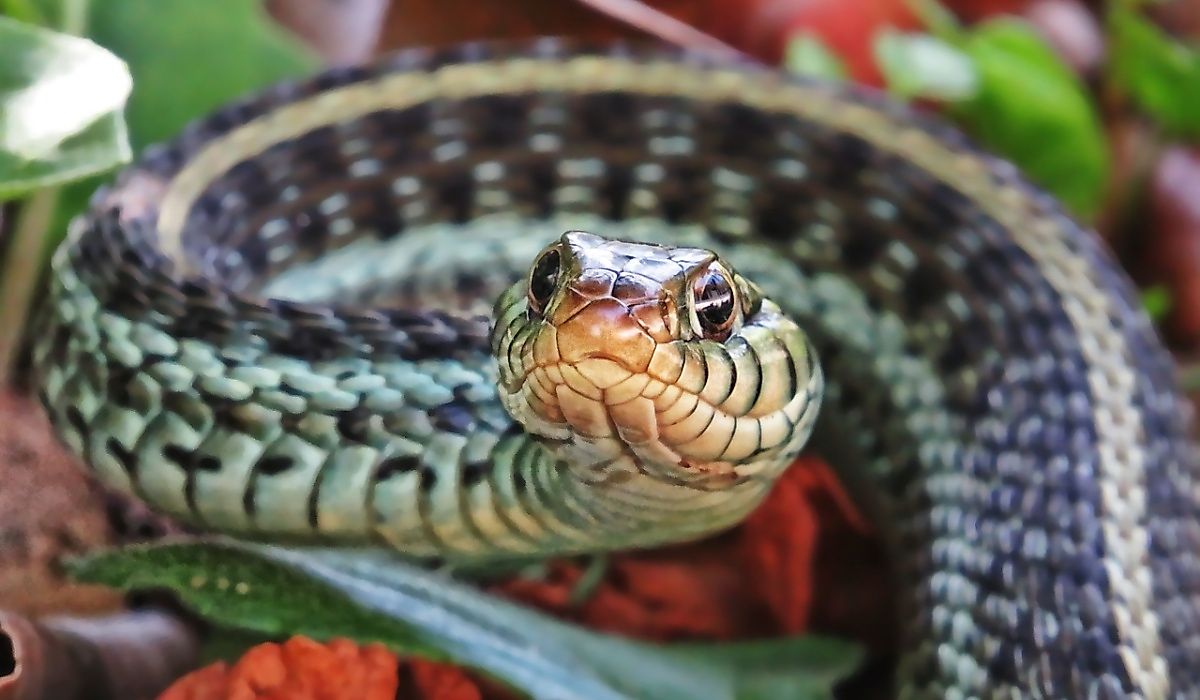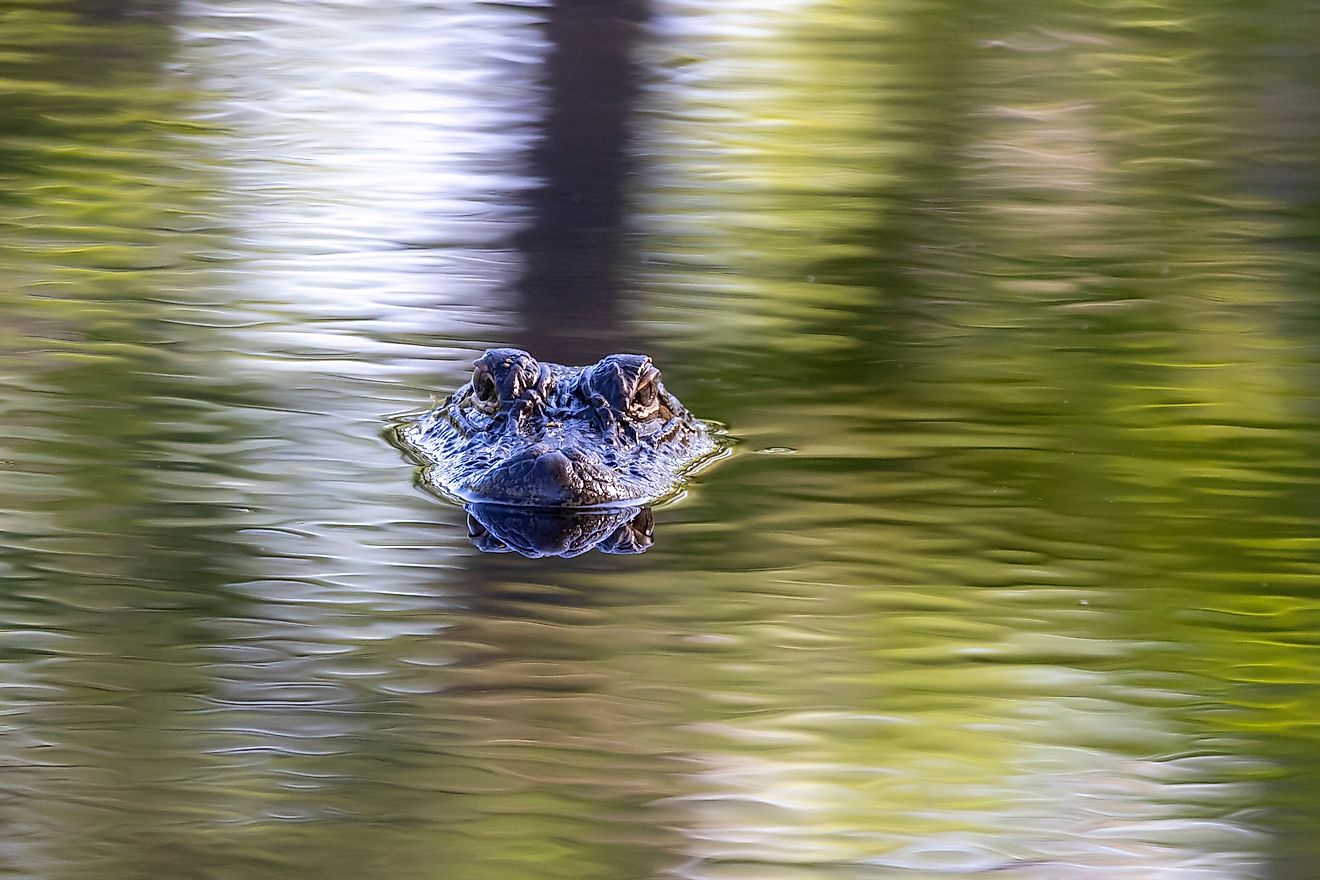
3 Of The Most Snake Infested Rivers In Minnesota
When it comes to bodies of water, Minnesota is perhaps best known as the Land of 10,000 Lakes, including one of the Great Lakes, Lake Superior, which occupies more than 150 miles of shoreline on the state’s northeastern border. However, the state also boasts over 90,000 miles of river. Minnesota’s waters provide drinking water and recreational opportunities for its residents, as well as wildlife habitat for some of its 17 species of snakes. With that in mind, these are the three most snake-infested rivers in Minnesota.
Mississippi River
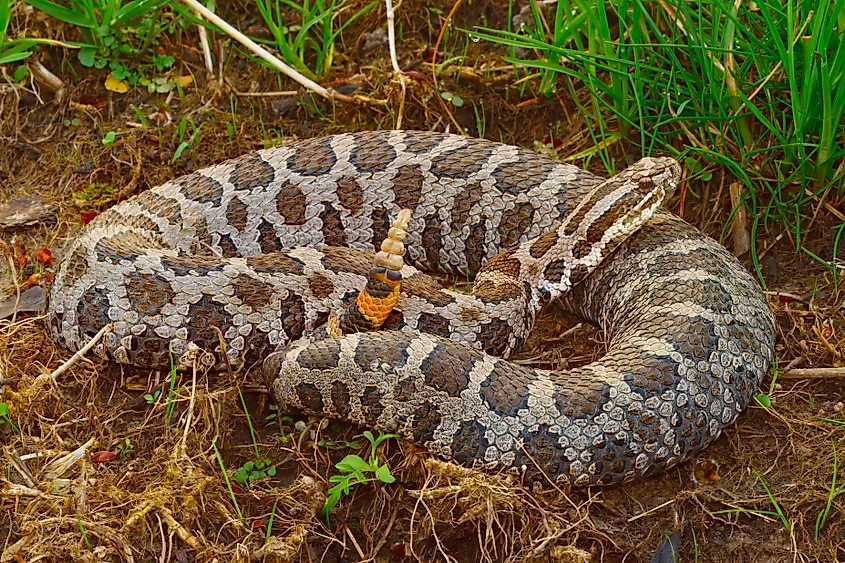
The Mississippi River starts its journey en route to the Gulf of Mexico in Lake Itasca and flows through Minnesota for nearly 700 miles. The Upper Mississippi River National Wildlife and Fish Refuge protects 240,000 acres of Mississippi floodplain, including 261 miles of the Mississippi River between Wabasha, Minnesota, and Rock Island, Illinois. The refuge also provides habitat for migratory birds and fish, as well as several species of snakes, such as the northern watersnake (Nerodia sipedon), the common garter snake (Thamnophis sirtalis), and one of Minnesota's two venomous species, the Eastern Massasauga (Sistrurus catenatus).

The Eastern Massasauga rattlesnake (Sistrurus catenatus) predominantly occupies wetland habitats, including bogs, marshes, and swamps. While they may live in drier areas over the summer, two factors remain constant within their range: a mixture of sun and shade for thermoregulation, and areas with rocky crevices or mammal burrows in which to hibernate over the winter. The timber rattlesnake (Crotalus horridus), Minnesota's other venomous species, is also native to the Upper Mississippi River Valley, found most commonly within rocky outcrops and ledges, bluff prairies, and forested bluffs. However, recent studies have shown that populations have been declining over time due to habitat loss. While the timber rattlesnake is listed as a threatened species in Minnesota, the Eastern Massasauga rattlesnake is classified as endangered due to dwindling populations.
Saint Croix River
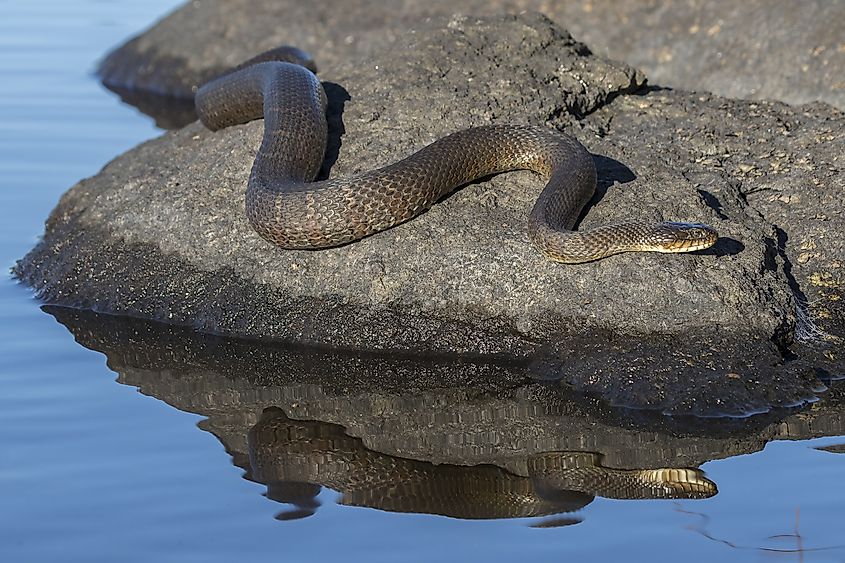
The Saint Croix River is a tributary of the Mississippi River. It rises in Wisconsin, and of its total course of 164 miles, 130 miles form the border between Wisconsin and Minnesota. Sections of the river are designated as a national scenic waterway when it winds through Interstate Park between Taylors Falls and Saint Croix Falls.
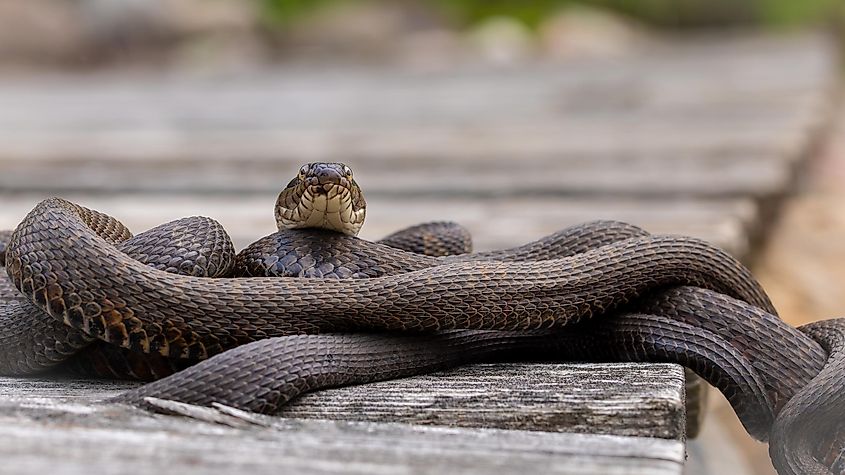
The northern watersnake (Nerodia sipedon) is common along the water of the Saint Croix River or in the vegetation along its banks. Here, it will feed on frogs, tadpoles, and even swim through schools of fish with its mouth open. As the name would suggest, watersnakes are strong swimmers, capable of being fully submerged for extended periods of time. In the winter, they usually hibernate in rocky crevices with other snakes.
Minnesota River
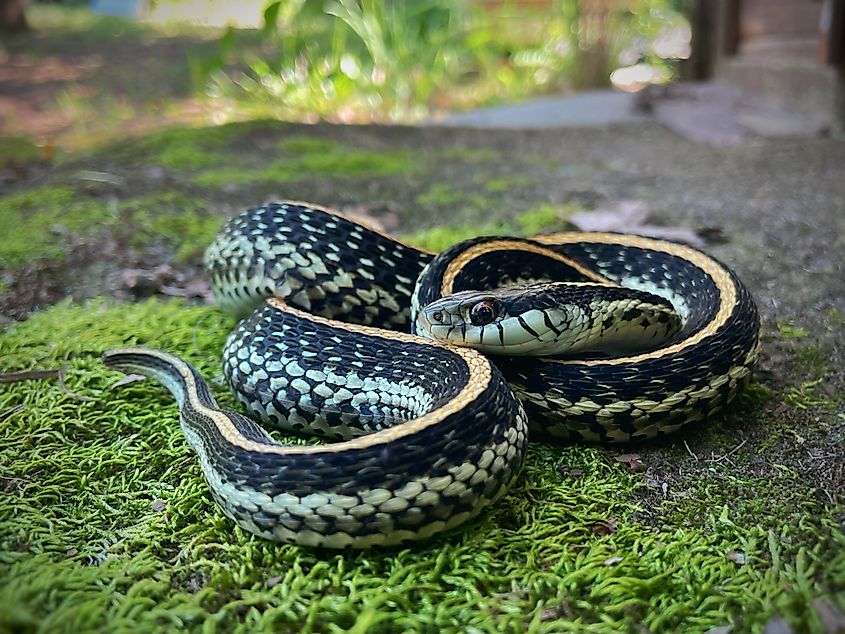
The Minnesota River rises in Big Stone Lake in Minnesota on the border with South Dakota, and flows a total of about 335 miles before it merges with the Mississippi River. The river primarily flows through farmland and drains from a watershed of 17,000 square miles. Given that it is found statewide, it is no surprise that the common garter snake (Thamnophis sirtalis) occurs frequently in the Minnesota River Valley.

These snakes are hardy and are adapted to live in both rural and suburban habitats, including backyards, hilltops, and rivers. They usually never stray very far from a permanent water source. Much like their habitat, their diet is also varied, and can include amphibians, small mammals, and, due to the snake’s generally small size, insects and earthworms. As a small and slender-bodied snake, they will return on a yearly basis to ant hills, rock crevices, or a burrow made by small animals, which they use for hibernation.
Minnesota's Pest Management
In Minnesota, all snakes are regarded as wild animals and act as a natural part of the ecosystem, keeping rodent and insect populations under control. While there are two venomous rattlesnake species native to Minnesota, they are limited in population numbers, making encounters unlikely. As a result, the most commonly encountered snakes in Minnesota are nonvenomous species, such as the northern watersnake and common garter snake. However, it is important to note that many species of snakes will rattle their tail to mimic rattlesnakes in an attempt to be left alone. Therefore, it is best to leave all snakes alone if you are unable to confidently identify which species they are.
